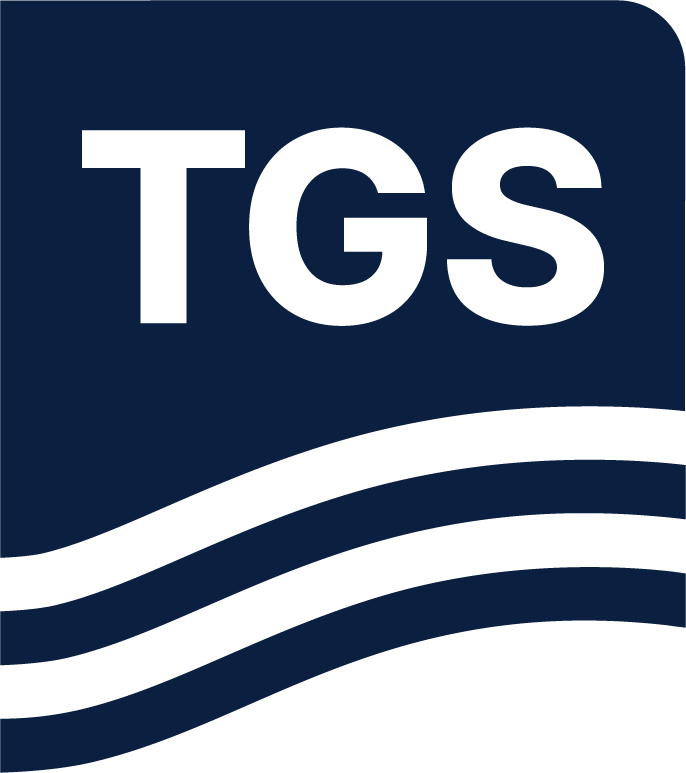The evolution of seismic imaging technologies is continuing to improve our understanding of the
subsurface with more detailed and reliable information. Central to the improvements in subsurface imaging is the use of Full Waveform Inversion (FWI). In this paper, we describe and illustrate how a continuous development and consolidation of the FWI and reverse-time migration (RTM) algorithms has led to a novel inversion scheme that performs velocity estimations and least-squares migration (LSM) simultaneously. The key elements in this new approach are the modeling engine, that models the full acoustic wavefield, and the way the background (velocity) can be decoupled from reflectivity (LSM) model. Since both velocity and reflectivity are estimated independent from each other they can be used to derive other rock property attributes, like relative impedance and density, accurately. Furthermore, we describe how the inversion can be extended to the prestack domain, providing angular reflectivity, and how additional elastic earth properties can be revealed. We demonstrate this novel approach on various field data examples with different types of geology.
Download the full paper HERE.

